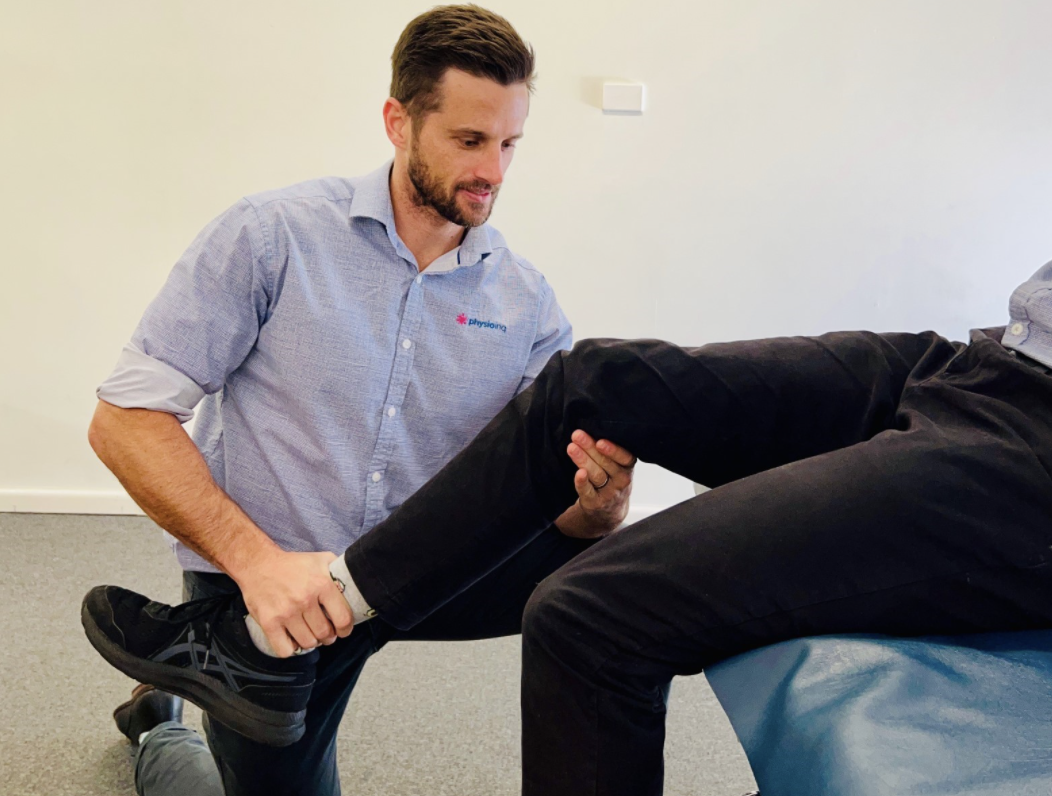Knee Pain | Is it Meniscus or Osteoarthritis?
Thursday, June 23, 2022
Do you know someone with knee pain, and you’re wondering: Is it knee osteoarthritis? Is it a meniscus tear? Differentiating between these common conditions will help ensure the best treatment and prognosis.
How do I know if I tore my meniscus?
Understanding what a person feels and reports is vital as the first step to distinguish between a meniscus tear or osteoarthritis.
Acute Meniscus symptoms:
- Joint line tenderness
- Joint line swelling
- Locking into positions or catching sensation
- Pain on hyperextension or hyperflexion of knee

What does osteoarthritis in the knee feel like?
Osteoarthritis symptoms:
- Morning stiffness/pain, usually equal to or less than 30 minutes
- Decreased range of movement in flexion and/or extension, with or without crepitation (crackling sound)
- Joint enlargement
- Pain/stiffness when in sustained knee positions
Why do I have knee pain?
A physical examination including hands-on testing, strength and functional testing, by a trained professional, like the Physiotherapists at Physio Inq Engadine and Physio Inq Sutherland, will allow accurate differential diagnosis to explain why you have knee pain. Some testing to help differentiate between meniscus and osteoarthritis are:
Osteoarthritis diagnostic tests:
- Knee range of motion testing
- Strength testing of knee flexors and extensors
- Distraction of the knee
- Functional movement testing
Acute Meniscus diagnostic tests:
- Palpation tests
- Knee and hip range of motion testing
- Compressive and rotational functional testing
- Cluster special tests
- Gait analysis
Can Physiotherapy help relieve knee pain?
Yes, seeing a Physiotherapist, such as the staff at Physio Inq Engadine and Physio Inq Sutherland, can assist with the relief of symptoms and long term treatment of conditions causing knee pain, such as:
- Cartilage tears, such as meniscus
- Arthritis
- Muscle or ligament sprains or strains
- Tendonitis
- Osgood-Schlatter’s disease
- Stress injury
- And more
What is the treatment for knee pain?
Gold standard treatment for the common conditions causing knee pain including meniscus and osteoarthritis is physiotherapy management. Physiotherapy should be trialled prior to any other management strategy is explored. To help manage pain, similar physiotherapy strategies can be used for both knee osteoarthritis treatment and meniscus tear treatment, such as load management strategies, joint mobilisations, massage, dry needling, heat/ice therapy and taping.
Your physiotherapist will also want to improve function for a meniscus pathology, by a focus on improving range of motion, strength, proprioception, force absorption/production and return to sport. For osteoarthritis, focus is placed on improving pain free range of motion, strength, and functional movements.
Prognosis has been shown to be positively influenced with physiotherapy interventions.
Knee pain is a common issue treated by Physiotherapists. At Physio Inq, our Physiotherapists will be able to do a thorough testing and diagnosis, as well as provide gold standard treatment to help you live a life with less limits. Contact us today to book your consultation.
![]() Written on behalf of Physio Inq Engadine
Written on behalf of Physio Inq Engadine
